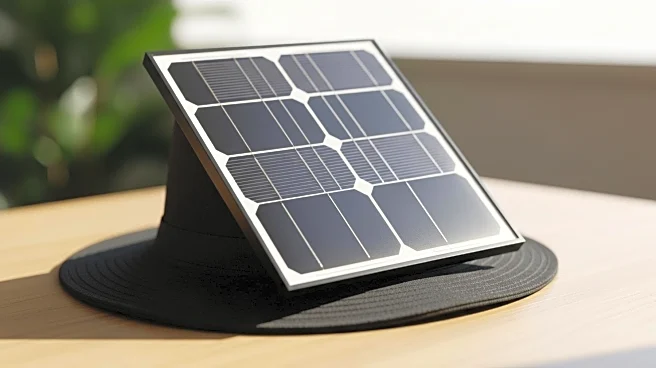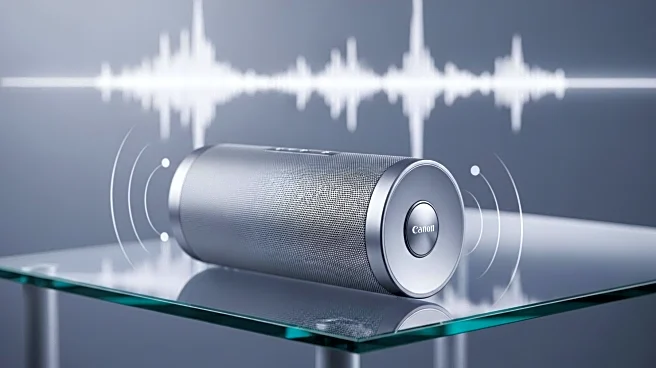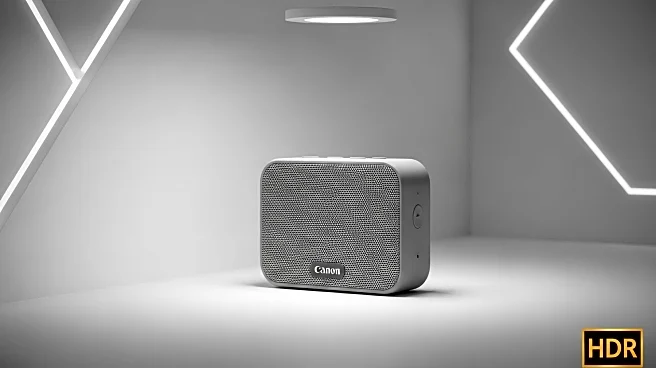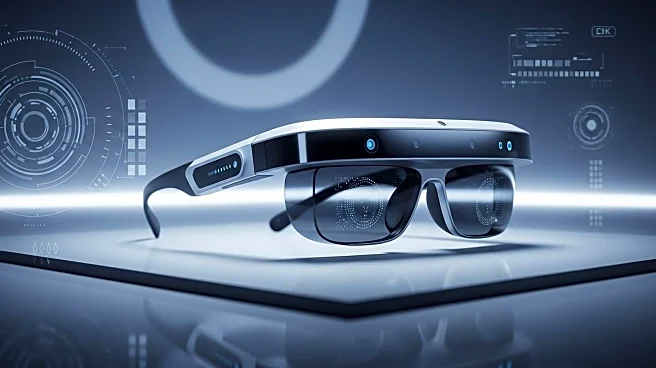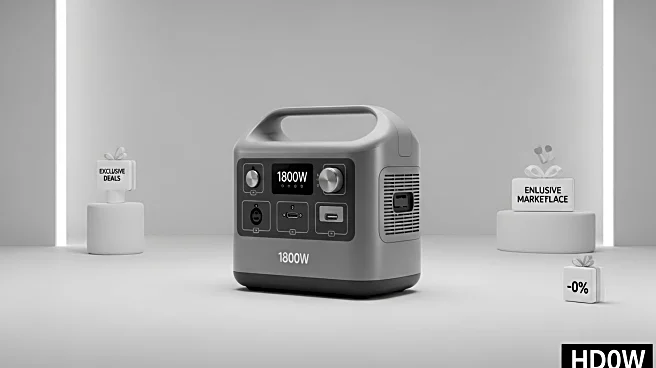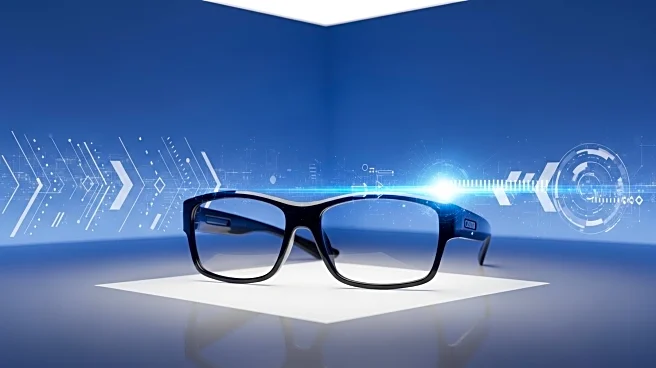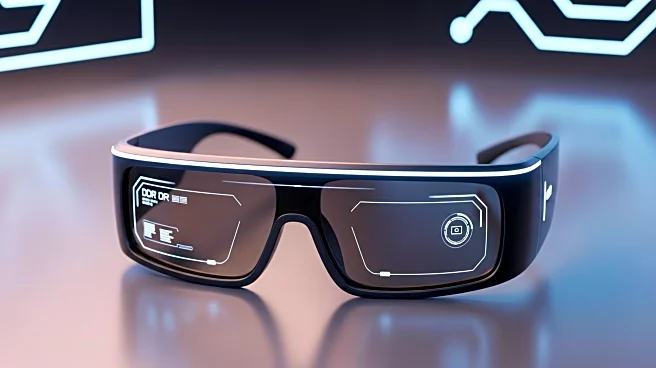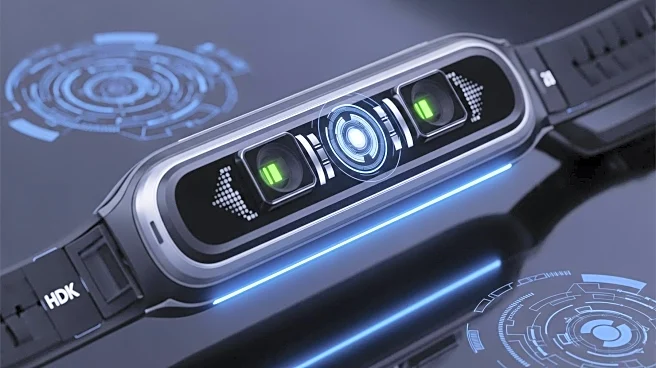What's Happening?
EcoFlow has released a solar-powered hat designed to provide sun protection while charging electronic devices. The hat features eight solar panels integrated into its brim, connected to two USB ports. Despite its innovative concept, the hat's performance has been underwhelming, generating only about 5 watts of power, far below the claimed 12 watts. The design, which includes a cable running down the wearer's back, has been criticized for its impracticality and unattractive appearance. The hat's inability to effectively charge devices, such as smartphones, has been highlighted, with tests showing it would take approximately 100 hours to fully charge an iPhone 17 Pro.
Why It's Important?
The introduction of solar-powered wearable technology represents a growing trend in sustainable energy solutions. However, the EcoFlow Power Hat's shortcomings highlight the challenges in integrating solar technology into consumer products. The hat's limited charging capability and impractical design may deter consumers from adopting such innovations, impacting the market for solar-powered wearables. This development underscores the need for improved efficiency and design in solar technology to meet consumer expectations and drive adoption. The failure of the EcoFlow Power Hat could influence future product designs and consumer trust in solar-powered accessories.
What's Next?
EcoFlow may need to reconsider the design and functionality of its solar-powered hat to better meet consumer needs. Potential improvements could include larger solar panels or alternative designs that maximize sunlight exposure. The company might also explore collaborations with fashion designers to enhance the hat's aesthetic appeal. As the market for solar-powered wearables evolves, competitors may introduce more effective solutions, prompting EcoFlow to innovate further. Consumer feedback and market performance will likely guide the company's next steps in refining its product offerings.
Beyond the Headlines
The EcoFlow Power Hat's failure to deliver on its promises raises questions about the viability of solar-powered wearables. Ethical considerations regarding consumer expectations and product transparency are brought to the forefront. The hat's design and performance issues may lead to discussions on the balance between innovation and practicality in sustainable technology. Long-term, this could influence industry standards and consumer perceptions of solar-powered products, driving demand for more reliable and efficient solutions.
